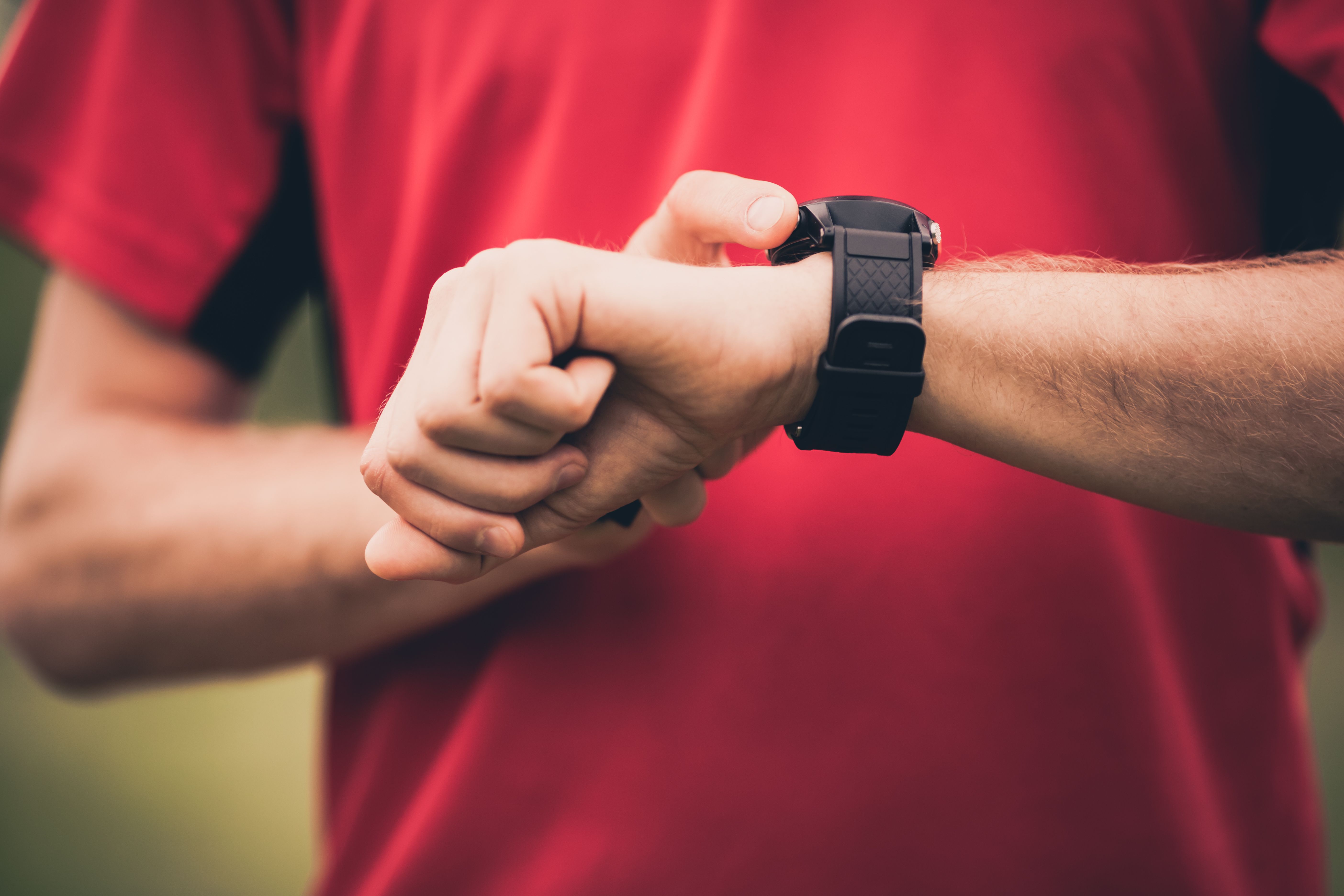Wearable Warriors: Digital Health and the COVID-19 Pandemic
Dr. Gregory M. Weiss reflects on the role of wearable technology before, during, and after the COVID-19 pandemic from the perspective of a cardiologist.

Technology plays a central role in the lives of people all over the world.
Over the last two decades, technology has bridged the continents bringing people together over great distances while at the same time creating new connections between individuals and their own bodies. Just as smartphones have become ubiquitous, so too have wearable devices that continuously measure a person’s heart rate, temperature, and even stress level.
The interface between human and wearable monitoring technology is not new but for the first time we have been able to see it’s widespread use outside the hospital and clinic. While it is clear that wearable monitoring devices help people improve their fitness and manage their stress, could it be possible that, during these troubled times, portable monitoring may be of benefit in predicting and treating COVID-19?
The traditional medical model is based on recognizing or diagnosing a disease and then prescribing a treatment for it. Could technology be prescribed in the COVID age?
In a recent edition of Digital Medicine W.J. Gordon and colleagues state that, “Digital heal, and “apps” in particular, holds tremendous potential for improving health outcomes.”1 In this article Gordon sees cause for hope but warns that most applications require validation and integration into established practice before they can be effective on a broad scale.
Currently with the COVID-19 pandemic in full swing, focus has shifted from tracking and treating it to finding ways to restart the economy and get children back to school. Early implementation of temperature checks and health questionnaires may be one way to accomplish these goals. Amesh Adalja, MD, a senior official at the Johns Hopkins Center for Health Security, sees temperature checks as one part of a wider system for preventing the spread of COVID-19 but warns that many individuals with the novel corona virus do not have symptoms at all.2
On the other side of the country researchers at Stanford University want to harness data from smartwatches and other wearables in order to identify who’s becoming ill as early as possible, maybe even before they know they are sick.3 The leader of this effort at Stanford, Michael Snyder, PhD, is in the process of developing algorithms that may be able to alert users when their heart rate, skin temperature or some other part of their physiology signals that they are fighting an infection such as COVID-19.
In the DETECT Health Study, a team led by Eric Topol, MD, of the Scripps Research Institute, found that increased resting heart rate, more sleep, and fewer steps are correlating with both COVID-19 symptoms and positive test results. Similarly, both Germany and China have between 500,000 and 1.5 million people using apps to track COVID-19 symptoms.
Although widely available wearable devices such as smartwatches may be of use, rigorous validation is lacking with COVID-19. Sometimes more information and more powerful computing are necessary to provide a more robust and reproducible solution.
Researchers at Northwestern University in Chicago have developed a new wearable device specifically designed to catch early signs associated with COVID-19. The device is worn around the clock monitoring coughing intensity and pattern, chest wall movements, respiratory sounds, heart rate, and body temperature. Data from the wearable is transmitted securely to the cloud where powerful artificial intelligence software spot worrisome trends and alerts clinicians hopefully while there is still time to intervene.
John Rogers, whose team developed the device, states, “The most recent studies published in the Journal of the American Medical Association suggest that the earliest signs of a COVID-19 infection are fever, coughing, and difficulty in breathing. Our device sits at the perfect location on the body — the suprasternal notch — to measure respiratory rate, sounds, and activity because that’s where airflow occurs near the surface of the skin.”5
Rogers team believes that monitoring can follow the patient even after leaving the hospital. Dr. Mark Huang wore the device during his exposures to COVID-19 patients in an effort to catch a potential infection in himself. Dr. Huang states, “Having the ability to monitor ourselves and our patients — and being alerted to changing conditions in real-time — will give clinicians a new and important tool in the fight against COVID-19.”5
While these breakthroughs are promising there is much work to be done. How connected we are as a society may make it difficult to stop the spread of COVID-19. Social distancing is contrary to our nature but harnessing the devices we use to stay connected may offer a glimmer of hope for finding a way back to normal. There is no doubt that smart technologies are everywhere. Society stands at a crossroads, an inflection point in history where researchers like John Rogers and Dr. Topol push the envelope by blurring the lines between human tissue and technology in an effort to save lives and bring us back together again.